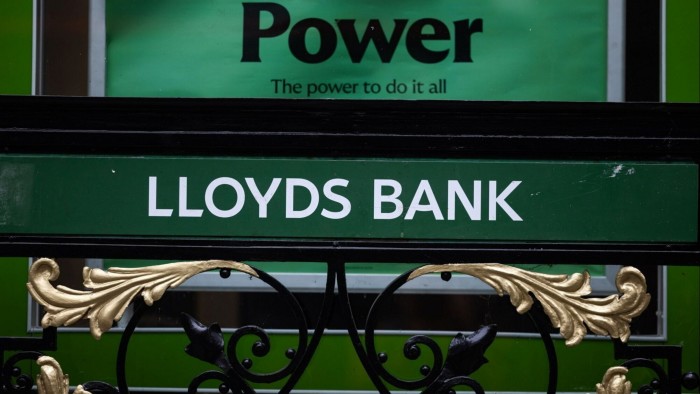Get the Editor’s Digest for free
Roula Khalaf, FT’s Editor, shares her top story selections in this weekly newsletter.
Lloyds Banking Group experienced its highest single-day mortgage lending in March, as UK homebuyers quickly moved to take advantage of a stamp duty holiday before it ended.
The high-street bank reported on Thursday that it provided loans to 20,000 first-time buyers within the first quarter of the year, and issued a record 5,000 mortgages on March 27. Over the quarter, Lloyds’ total mortgage portfolio expanded by £4.8bn, reaching £317.1bn.
This surge occurred just days before the stamp duty—a tax on property purchases—was set to revert to pre-2022 rates on April 1. Under the new regulations, first-time buyers will now incur the tax on properties valued at £300,000 or more, compared to the previous threshold of £425,000, with similar adjustments for other buyers.
William Chalmers, Lloyds’ Chief Financial Officer, mentioned that the significant rise in mortgage lending is expected to slow down for the remainder of the year, as many customers expedited their buying plans.
“I’d be surprised if mortgage growth in the second quarter matches the strength we saw in the first quarter due to this pull-forward effect,” he commented.
Homebuyers have benefited from a recent decrease in mortgage rates, as lenders have lowered their prices following US President Donald Trump’s tariffs. As of Thursday, the average rate for a two-year fixed residential mortgage was 5.18 percent, down from 5.2 percent the day before, according to data from Moneyfacts.
“Mortgage rates have somewhat declined recently, as the expectation that tariffs may slow economic growth led people to speculate that rates might drop quicker than previously anticipated,” said Chalmers.
This announcement came alongside Lloyds reporting a decline in first-quarter profits to £1.5bn, as the bank allocated more funds than anticipated for potential bad loans, anticipating the economic effects stemming from US tariffs.
The bank revealed on Thursday that its pre-tax profits for the first quarter experienced a 7 percent decline compared to the same period in 2024, aligning with analysts’ forecasts. Revenue grew by 4 percent year-on-year, amounting to £4.4bn.
Lloyds set aside £309mn for bad debts, surpassing analysts’ expectations of £279mn, whilst also including a £35mn provision to account for anticipated changes in the economic outlook linked to US tariffs.
Considered a barometer for the UK economy, Lloyds noted that the overall quality of credit remained stable, reporting “steady and positive credit performance in the first quarter.”
Chalmers indicated that Lloyds’ direct exposure to UK businesses exporting to the US is less than 1 percent of its total loan portfolio, but said that the bank’s executives continue to remain “alert for any potential secondary impacts” to the UK economy.
The net interest margin—the difference between what the bank earns on loans and what it pays on deposits—improved to 3.03 percent, up from 2.97 percent in the last quarter. This increase was attributed to strategic hedging, which mitigates the effects of falling rates on profit margins.
No additional provisions were made in relation to possible liabilities from Lloyds’ motor finance division. The bank had previously allocated over £1bn to address challenges related to a probe into potential mis-selling of car loans, which included a £700mn provision made in February.
The banking industry is awaiting a Supreme Court ruling on whether it is legal for banks to pay commission to car dealers if customers weren’t fully informed about such agreements.
Lloyds is in the final stages of a £4bn investment strategy aimed at creating new revenue sources that are less dependent on interest rate fluctuations, as well as digitizing its operations to reduce costs and enhance profitability. The bank has announced 316 branch closures and 500 job reductions so far this year.


